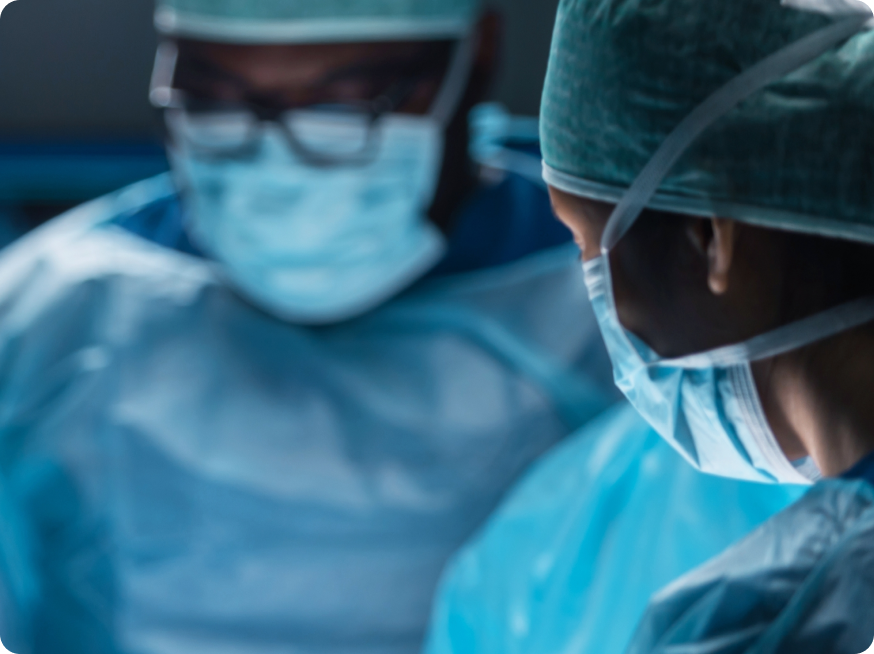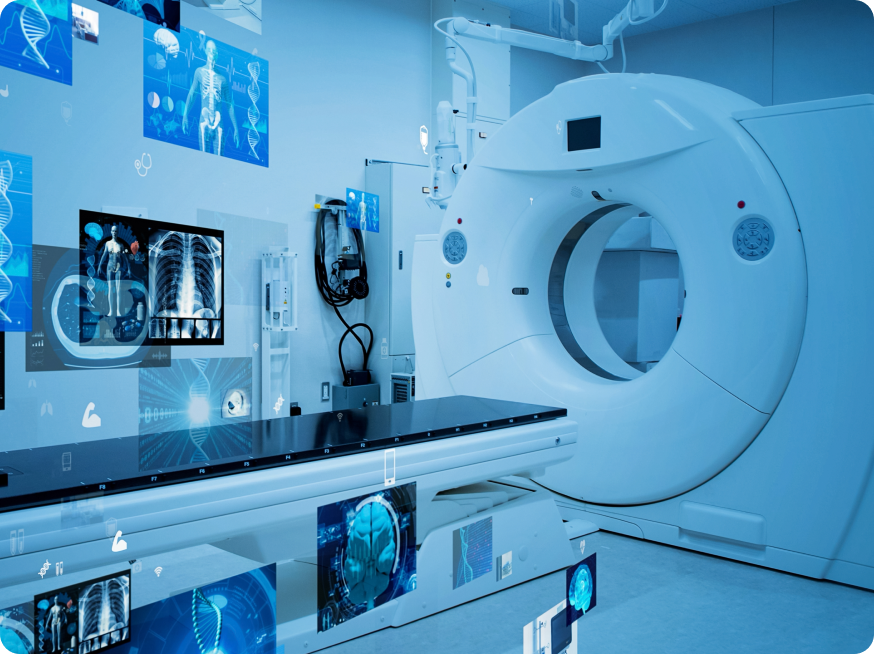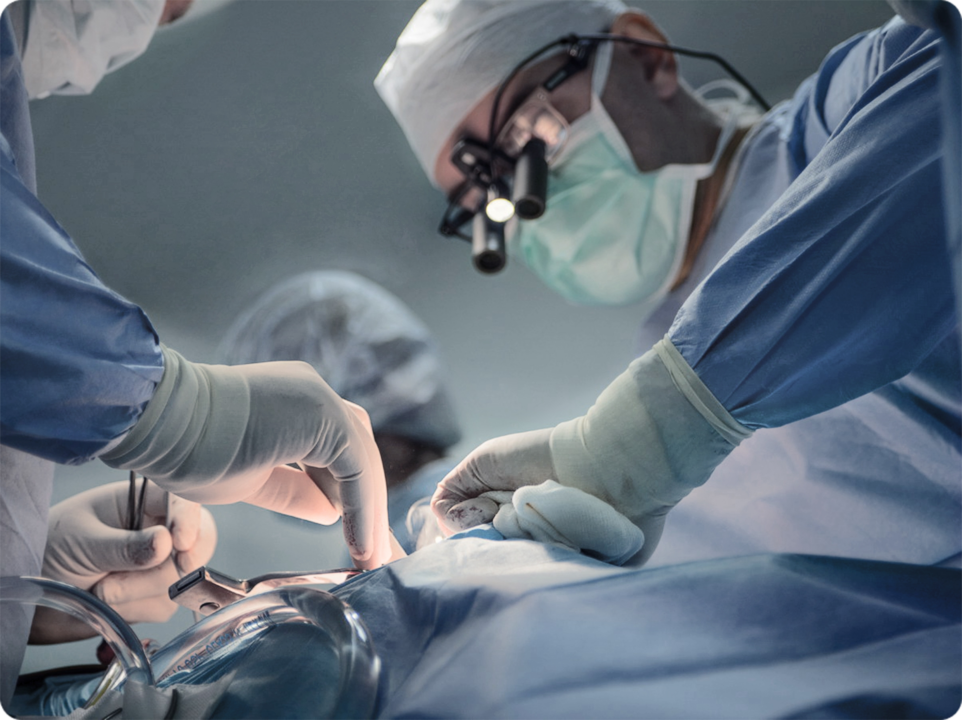
BOSTON – July 2024 – Curadel Pharma, a pioneer in zwitterionicity and innovator in advanced radiotherapies and imaging drugs, announced the initiation of a pivotal study evaluating its investigational imaging-guided drug ZW800-1 (nizaracianine triflutate) to highlight the ureter during abdominopelvic surgery.
“A major unsolved problem in surgical imaging is anatomical enhancement of the ureters. Damage to the ureters is a serious unintended complication of abdominopelvic surgery, leading to high patient morbidity and cost. Visual contrast enhancement of the ureters can provide enormous benefit to both patient and surgeon,” said John Frangioni, MD, PhD, Curadel founder and CEO. “ZW800-1 is the world’s first zwitterionic near infrared (NIR) fluorophore, with a strong and growing body of data supporting its safety and efficacy to enhance outcomes in this critical setting.”
ZW800-1 is a novel small molecule drug with a unique zwitterionic chemical structure that prevents the drug from binding non-specifically to tissues and organs after injection and facilitates its excretion by the kidneys into urine. Once in urine, the drug creates visual contrast in the ureters that would otherwise not exist, and using a near-infrared (NIR) camera, surgeons can find the ureters and assess their function in real-time. ZW800-1 has been out-licensed to a Tier 1 medical device company.
The multi-center, multi-national TRIPHASE trial will assess ZW800-1 to aid visualization of the ureters throughout surgery, and in so doing, help lower the risk of injury and improve patient outcomes. The first phase of the trial will determine the optimal dose. Patients enrolled in the second phase will be randomly assigned to the selected dose of the drug or placebo, and those in the third phase will all receive drug at the target dose. More information on the trial can be found at clinicaltrials.gov (NCT06101745).
This trial is based on the positive results of a Phase 1/2 trial, which demonstrated its utility in visualizing and assessing ureter structure and function during laparoscopic lower abdominal surgery within 10 min after IV administration, without altering the look of the surgical field. Those study results were published in Nature Communications in 2019.

